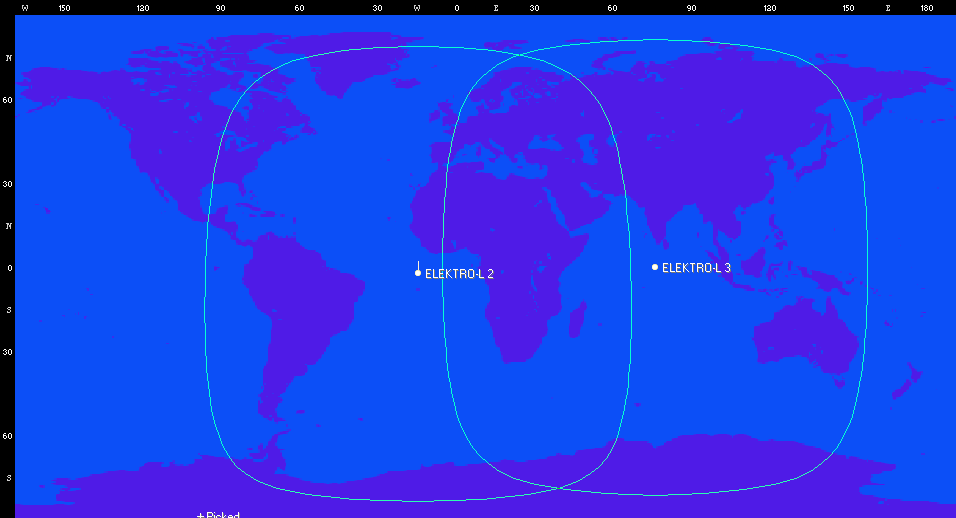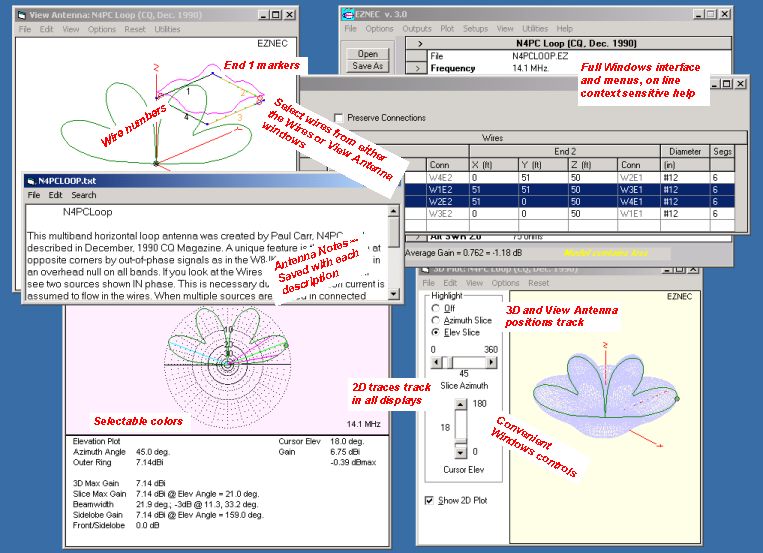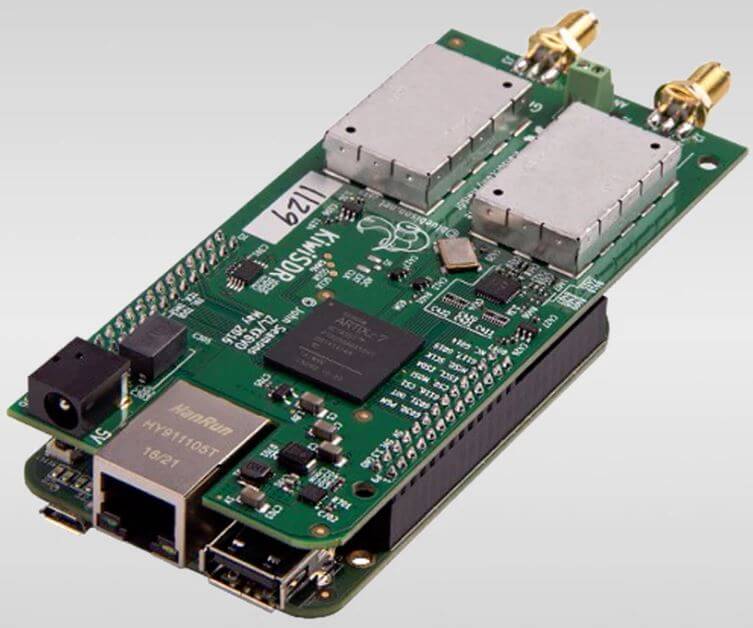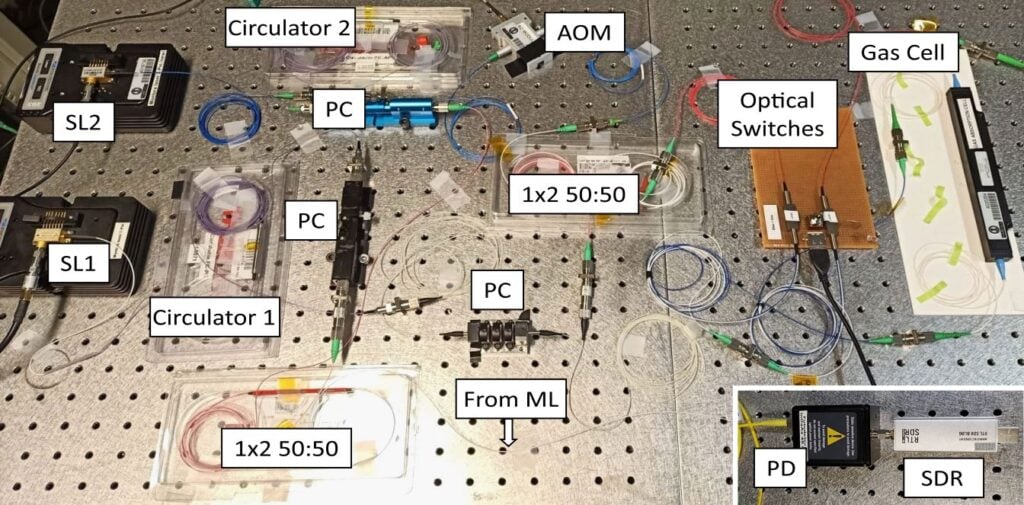Elektro-L3 Geostationary Weather Satellite: Easy to Receive LRIT Signal Being Tested
Back in September 2020 we posted about the release of an X-Band decoder for the Elektro-L2 and Elektro-L3 Russian geostationary satellites. These satellites are receivable from Europe, the Middle East, Asia, Africa, South America and Australia. Unlike the HRIT and LRIT L-band transmissions from other geosynchronous satellites like GOES and GK-2A, the X-band Elektro signal is quite difficult to receive, requiring a large dish and more expensive hardware.
However we've recently seen exciting news on Twitter that a new L-band LRIT transmission has been activated on Elektro-L3. Like the Korean GK-2A satellite, this L-band LRIT transmission at 1691 MHz should be much easier to receive requiring only a WiFi dish, SAWBird GOES LNA and an RTL-SDR. We haven't yet confirmed if like GK-2A, the smaller 600 x 400 mm WiFi dish is sufficient, or if Elektro requires the larger 600 x 1000 mm dish size. (See our GOES satellite and GK-2A tutorial for information about the hardware being discussed in this paragraph.)
We note that the Elektro-L3 signal appears to be in testing, and the transmission could be turned on and off, or even turned off permanently. The transmission schedule is also not yet clear although in this recent tweet @HRPTEgor has mapped out some current transmission times for Eletro-L3.
It is hoped that LRIT will also eventually be activated on Elektro-L2, and perhaps even HRIT will be activated too. It is also exciting that more Elektro-L satellites are planned to be launched from 2022 onwards and we expect those to have hopefully LRIT and HRIT transmissions as well. To add further excitement, it is hoped that the L3 LRIT activation means that a LRIT or HRIT signal will be activated on the high elliptical orbit (HEO) northern hemisphere Arctic monitoring ARKTIKA-M1 satellite launched in Feb 2021, as this satellite is derived from the Elektro-L design.
The LRIT activation of Elektro-L3 hopefully means that Europeans should finally have access to a geostationary weather satellite that can be easily received with modest low cost hardware. The current coverage map from Orbitron of the two Elektro satellites is shown below (note that Elektro-L2 LRIT does not appear to have been activated yet).

Over on Twitter @aang254 has noted that he has already updated his satdump software, adding support for Elektro LRIT decoding, and adding support for all of the available channels and for color. Satdump is available as a binary for Windows, and on Linux can be built from source. Experimentally, Satdump can also be built and run on Android.
The Tweet from @aang254 provides a nice sample image of what can be received.
I turns out ELEKTRO-L LRIT contains all 3 Visible channels and apparently 2 IR channels.
— Aang254 (@aang254) July 25, 2021
I hence added a 321 composite as well :-)
Data by @HRPTEgor, thanks! pic.twitter.com/x4NnnB5Nbg


